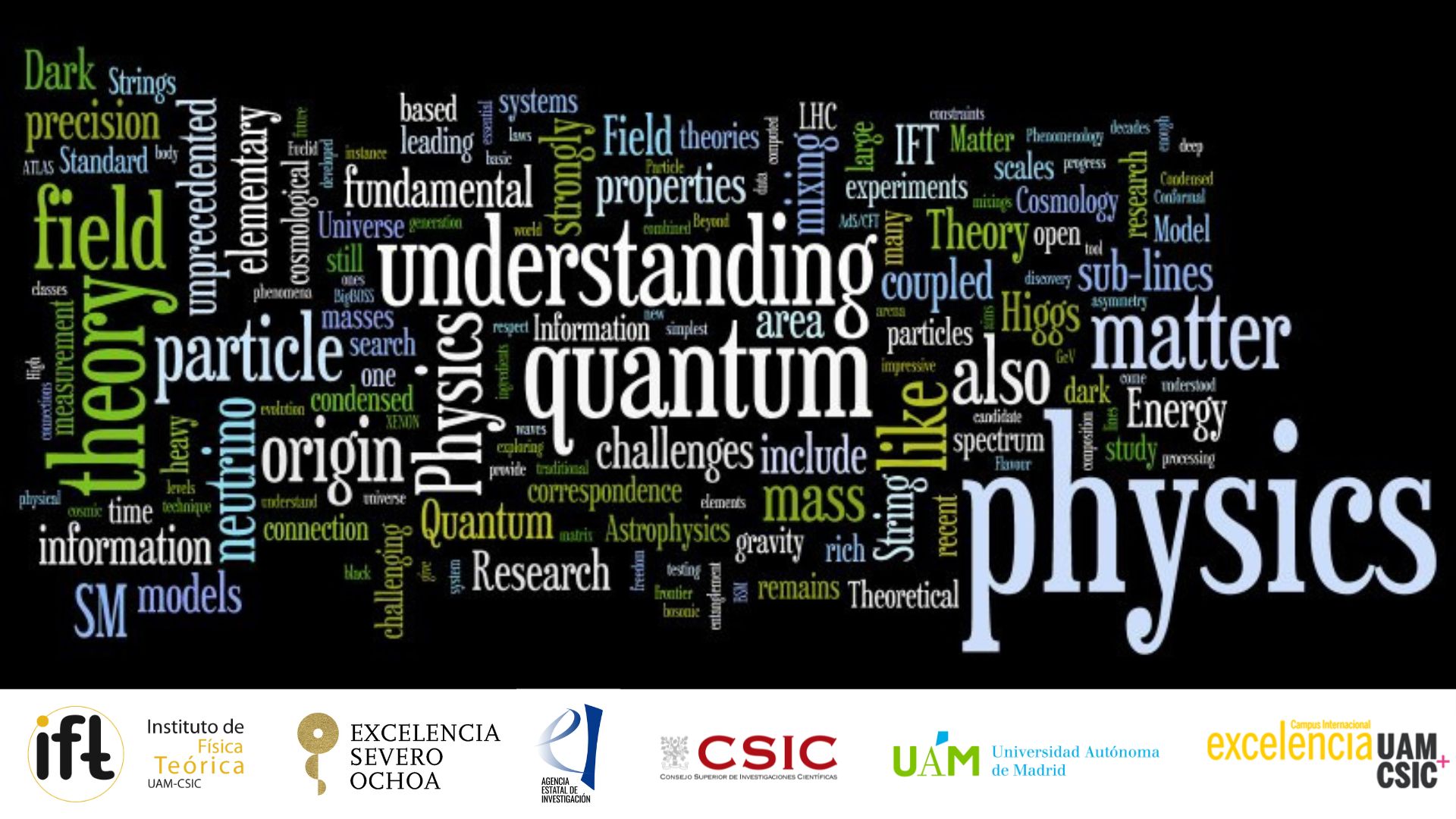Centro de Excelencia Severo Ochoa
Menu
Search

Facultad de Ciencias. Sala 201 in Módulo M-15
Understanding the peculiar proper2es of Ultra Diffuse Galaxies (UDGs, extremely extended galaxies with dwarf-like stellar masses) via spectroscopic analysis is a challenging task that is now becoming feasible.
The advent of 10m-class telescopes and high sensi2vity instruments is enabling the gathering of high quality spectra even for the faintest systems. In addi2on, advances in the modelling of stellar populations, stellar libraries, and full-spectral fiIng codes are allowing the recovery of the stellar content shaping those spectra with unprecedented reliability. In this talk we report on the extensive tests we have carried out using the inversion code STECKMAP. The similarities between the Star Formation Histories (SFH)
recovered from STECKMAP (applied to high-quality spectra) and deep Colour-Magnitude diagrams fiIng (resolved stars) in two Local Group dwarf galaxies (LMC and LeoA) are remarkable, showing the impressive performance of STECKMAP. We exploit the capabilities of STECKMAP and perform one of the most complete and reliable characterisations of the stellar component of UDGs to date using deep spectroscopic data. We measure recession and rota2on veloci2es, SFHs and mean population parameters
for a sample of UDGs in the Coma cluster. We prove the true UDG nature of four of the systems, not finding significant differences between the stellar populations of dwarf galaxies and UDGs. The SFHs of all the analysed galaxies are dominated by an old, metal-poor and alpha-enhanced population followed by a decline in the star formation which halts ~2Gyr ago (consistent with a bursty-declining SFH). As a consequence, we claim that UDG properties are independent of their SFHs. We also provide evidences favouring a dwarf-like rotation for UDGs. Accordingly, we suggest that UDGs are extended dwarfs whose
properties are the outcome of internal processes (high-spin halo and/or bursty SFHs) as well as environmental effects for those located in groups or clusters.
Social media